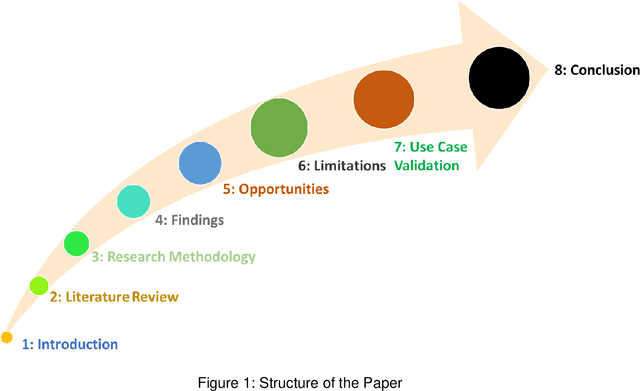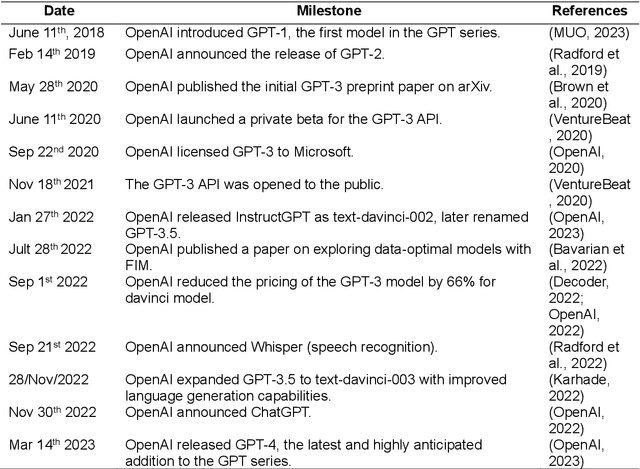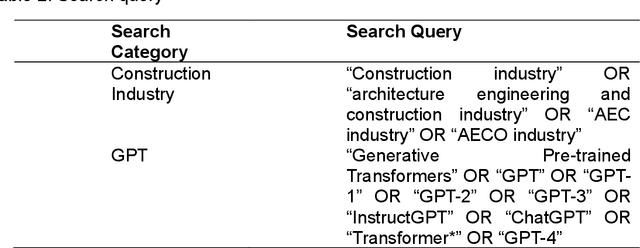Nurudeen Saka
Integrated BIM and Machine Learning System for Circularity Prediction of Construction Demolition Waste
Jul 20, 2024Abstract:Effective management of construction and demolition waste (C&DW) is crucial for sustainable development, as the industry accounts for 40% of the waste generated globally. The effectiveness of the C&DW management relies on the proper quantification of C&DW to be generated. Despite demolition activities having larger contributions to C&DW generation, extant studies have focused on construction waste. The few extant studies on demolition are often from the regional level perspective and provide no circularity insights. Thus, this study advances demolition quantification via Variable Modelling (VM) with Machine Learning (ML). The demolition dataset of 2280 projects were leveraged for the ML modelling, with XGBoost model emerging as the best (based on the Copeland algorithm), achieving R2 of 0.9977 and a Mean Absolute Error of 5.0910 on the testing dataset. Through the integration of the ML model with Building Information Modelling (BIM), the study developed a system for predicting quantities of recyclable and landfill materials from building demolitions. This provides detailed insights into the circularity of demolition waste and facilitates better planning and management. The SHapley Additive exPlanations (SHAP) method highlighted the implications of the features for demolition waste circularity. The study contributes to empirical studies on pre-demolition auditing at the project level and provides practical tools for implementation. Its findings would benefit stakeholders in driving a circular economy in the industry.
GPT Models in Construction Industry: Opportunities, Limitations, and a Use Case Validation
May 30, 2023



Abstract:Large Language Models(LLMs) trained on large data sets came into prominence in 2018 after Google introduced BERT. Subsequently, different LLMs such as GPT models from OpenAI have been released. These models perform well on diverse tasks and have been gaining widespread applications in fields such as business and education. However, little is known about the opportunities and challenges of using LLMs in the construction industry. Thus, this study aims to assess GPT models in the construction industry. A critical review, expert discussion and case study validation are employed to achieve the study objectives. The findings revealed opportunities for GPT models throughout the project lifecycle. The challenges of leveraging GPT models are highlighted and a use case prototype is developed for materials selection and optimization. The findings of the study would be of benefit to researchers, practitioners and stakeholders, as it presents research vistas for LLMs in the construction industry.
 Add to Chrome
Add to Chrome Add to Firefox
Add to Firefox Add to Edge
Add to Edge